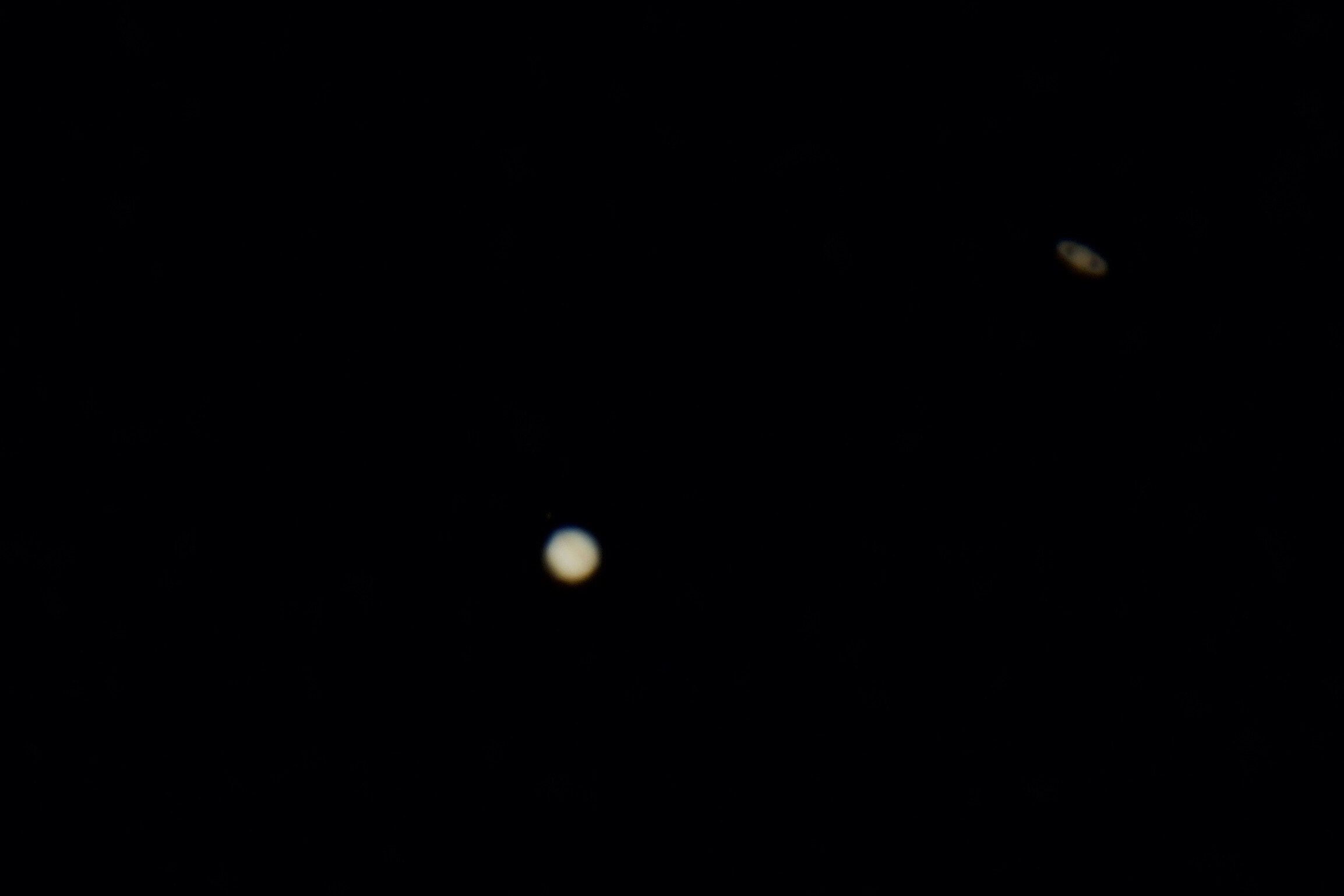Winter Solstice Announcements – Launching: Venn Solar Series
This Winter Solstice, coinciding with the once-in-a-lifetime conjunction of Jupiter and Saturn, I’m thrilled to tell you about a project of mine that has taken many moons and much teamwork to accomplish.
I cannot help but think about Nicolaus Copernicus who postulated in 1543 the Earth revolved around the Sun despite fear of heretical retribution, exile, and death. Or Galileo Galilei who in December 1609 was the first human to look at Jupiter through a 20x telescope and spot the four Galilean moons and notice they formed a mini solar system all to their own. Or Johannes Kepler, whose mother Katerina was accused of witchcraft and imprisoned for 14 months in 1617, the same year he published “Epitome of Copernican Astronomy,” the foundation of Keplerian motion of the planets. Or Ole Rømer who in 1676 calculated the speed of light to within 74% of the present day value by precisely measuring the transit times of the moons of Jupiter at different times of the year to use the changing orbital distance from the Earth to Jupiter and measure how long it took light to cross the extra distance. Or Isaac Newton, who in 1687 at the age of 25 invented differential calculus in “Philosophiæ Naturalis Principia Mathematica” to precisely describe the planetary motions Kepler had painstakingly captured in data and defined a universal theory of gravitation between all objects. Newton’s theory of gravitation and description of motion with conic sections still forms a remarkably accurate picture of the universe, only eclipsed by a young German-born patent clerk, Albert Einstein, who postulated a remarkable theory of Special Relativity in 1905, further expanded upon in 1915 with the General Theory of Relativity. It would take 14 years for his theories to be rigorously tested by Arthur Eddington, who in 1919 was able to measure the deflection of starlight around the sun during an eclipse. Did you know Einstein’s first 1911 estimation of the predicted deflection was wrong? It took him 4 years to fix his mistake.
It brings tears to my eyes to write these words and imagine the agony and the ecstasy from these moments in history.
During my physics education at university I spent many, many hours pouring over texts and calculation trying to learn from these great minds.
My hope and dream is I’m able to give you a tingle down your spine as you read and reflect on the words above and flip through some of my favorite spheres.
The source imagery comes from various mission teams at NASA who have been remarkably supportive and encouraging. How incredible is it we have such detailed maps of our solar neighbors?
Every Venn Air Chair is made in Salem, Oregon, USA, with top-quality materials by skilled craftspeople making a competitive wage using the latest lean manufacturing methodologies and upholstery grade sewing machines. Layers of high-density foam, temperature balancing felt, and suede-like polyester surround an air cushion core, making for a unique upholstered feeling. A 5-year warranty stands behind our craftsmanship and attention to detail.
Thank you all of our customers and vendors for making a transformative 2020 truly remarkable.
Venn Creator – Tyler Benner


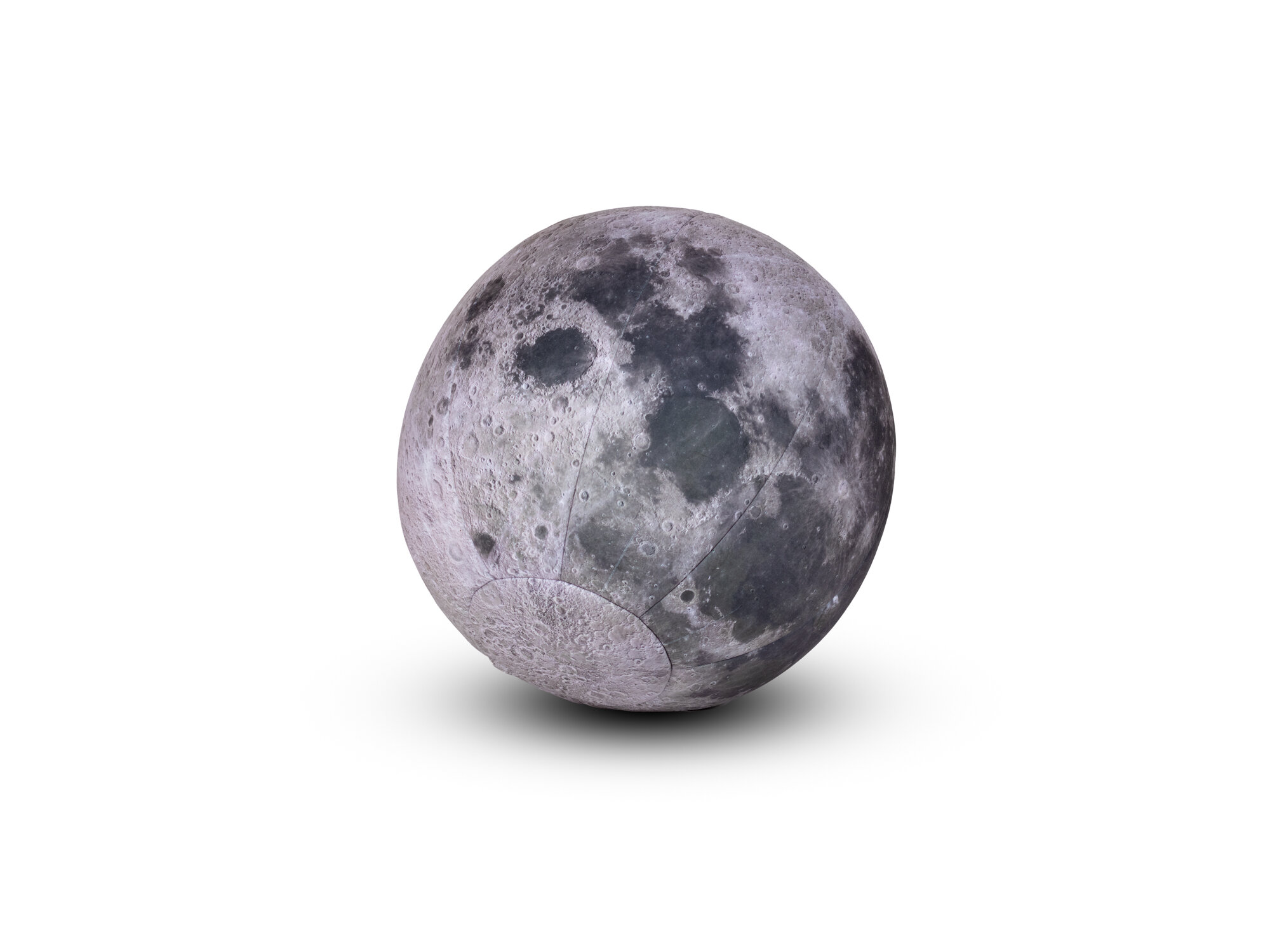
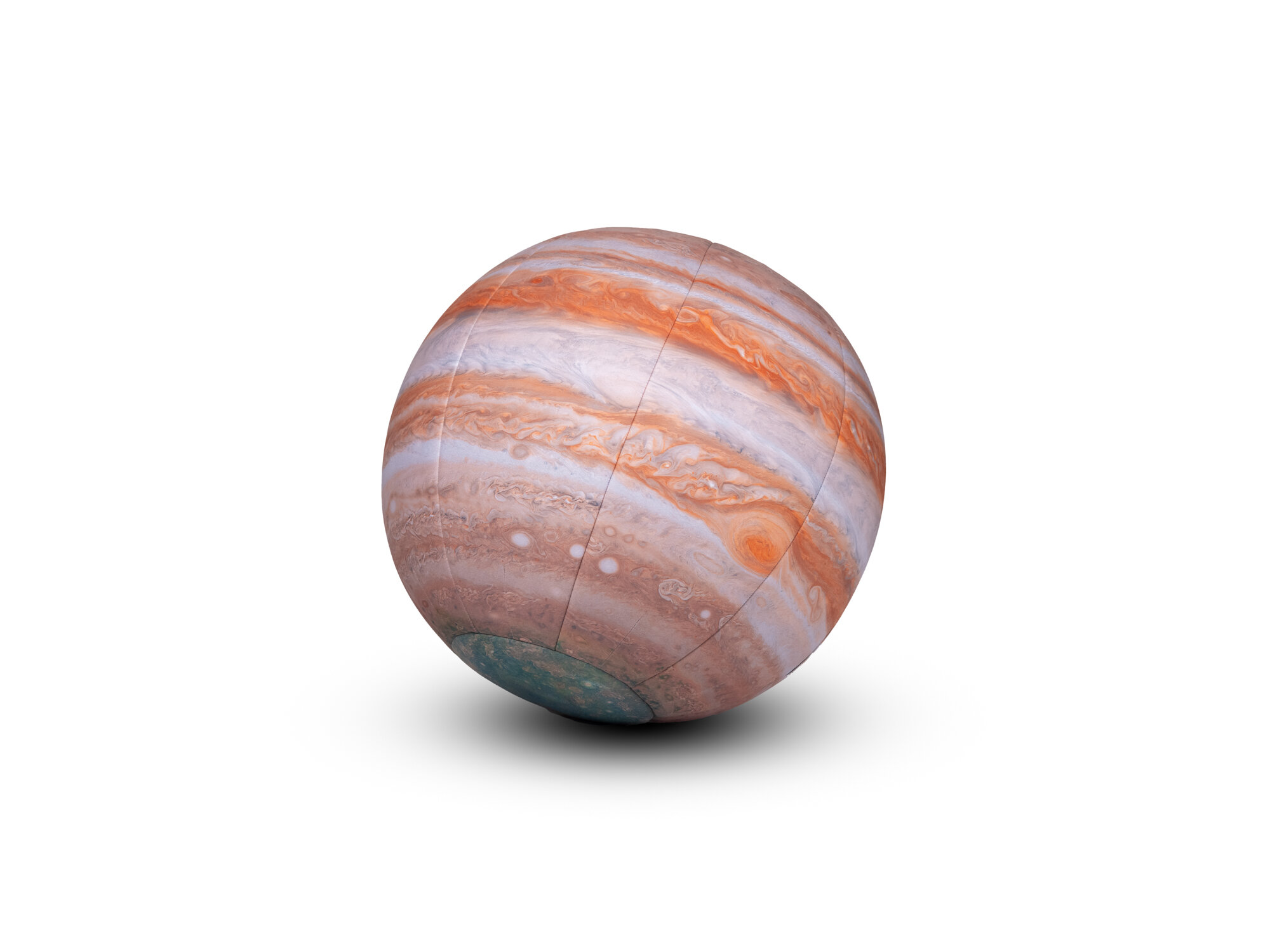
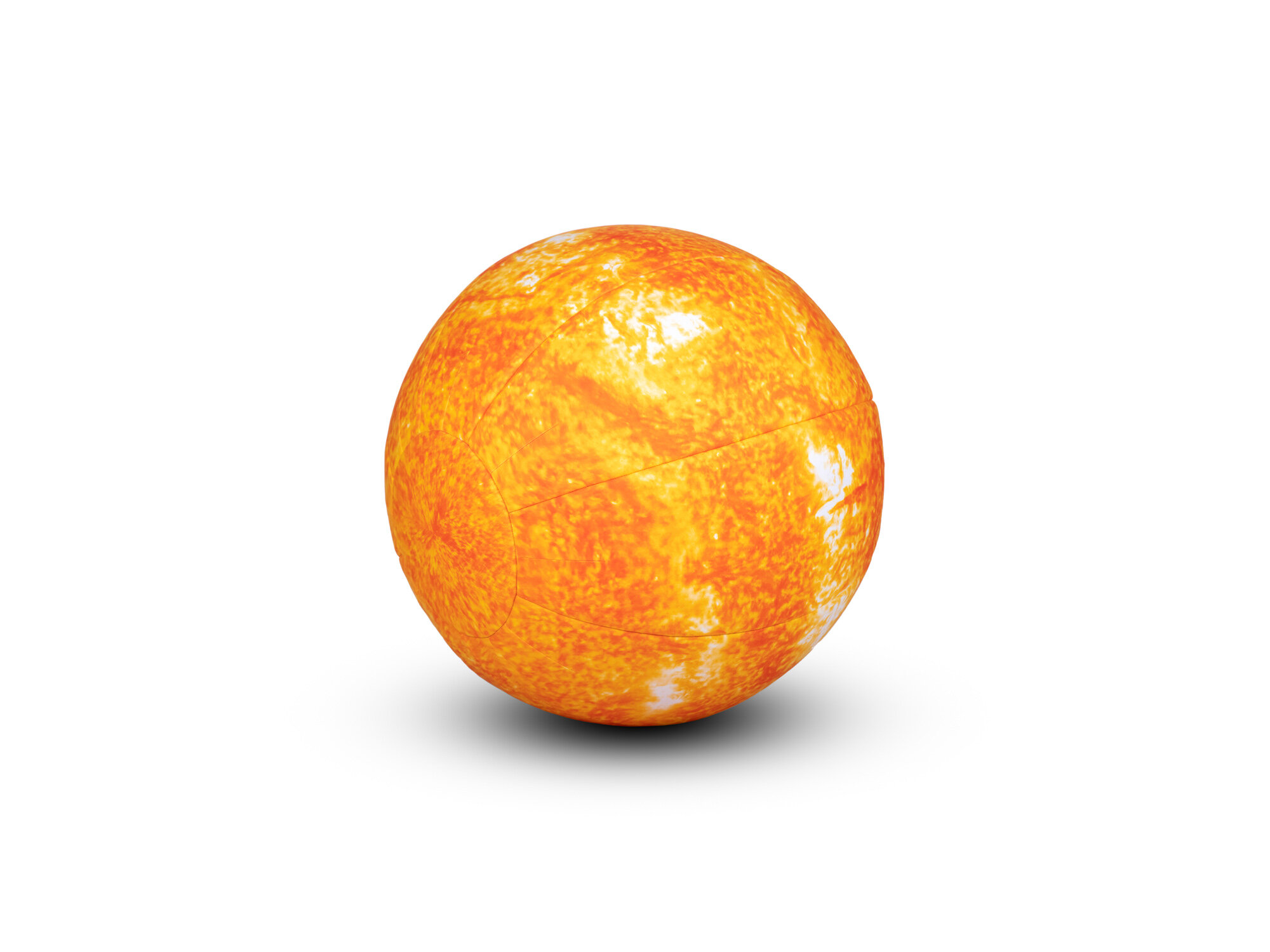



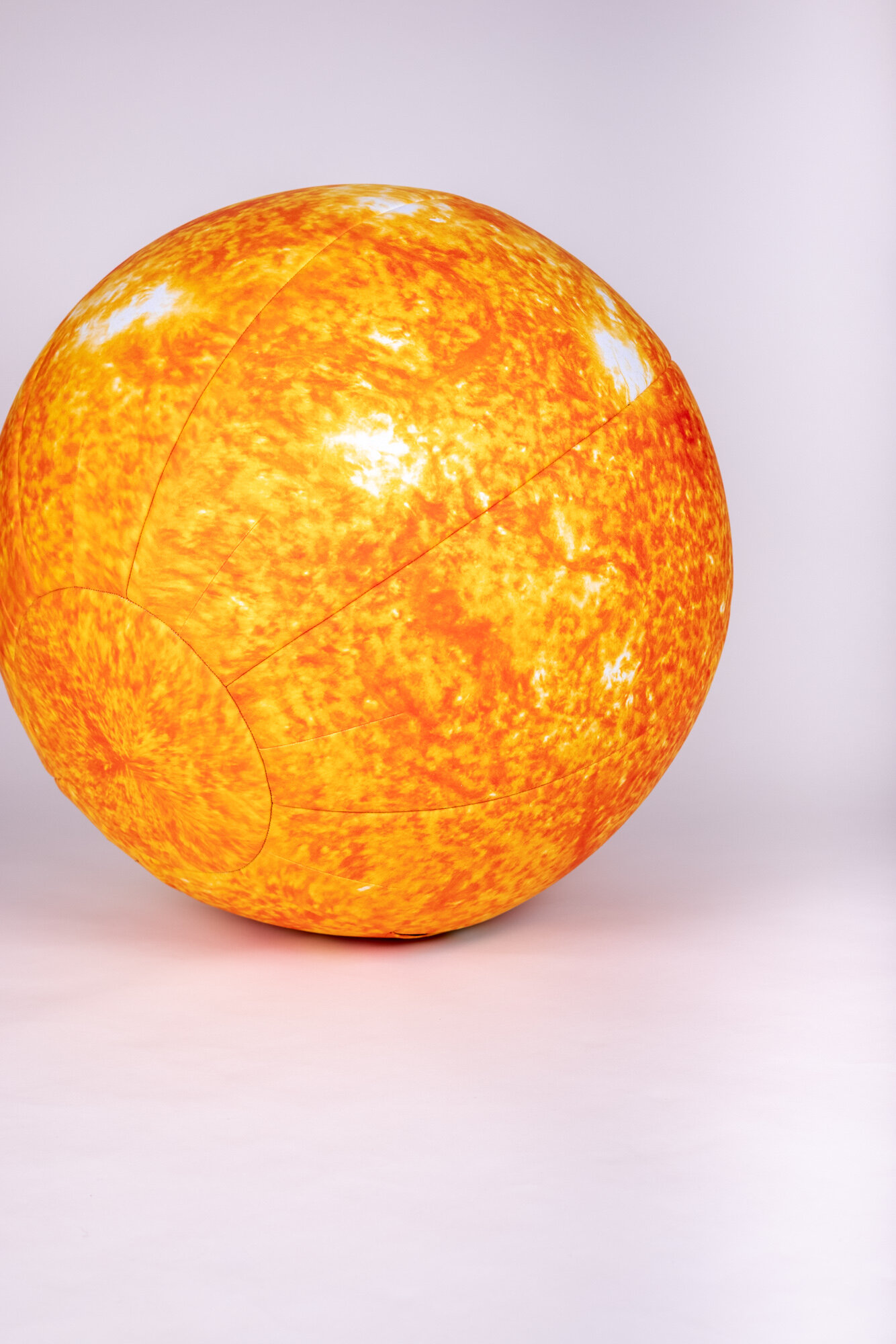
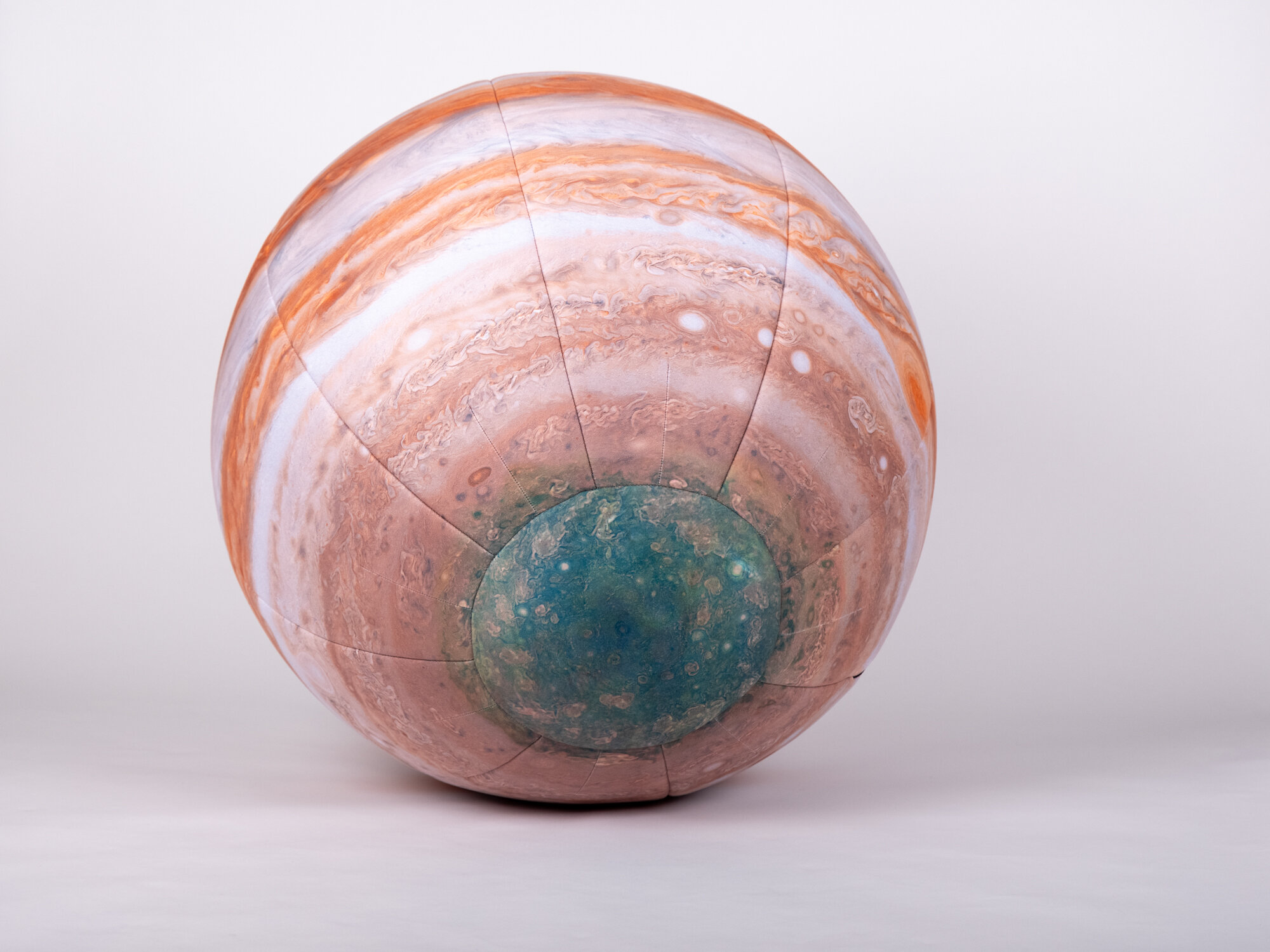
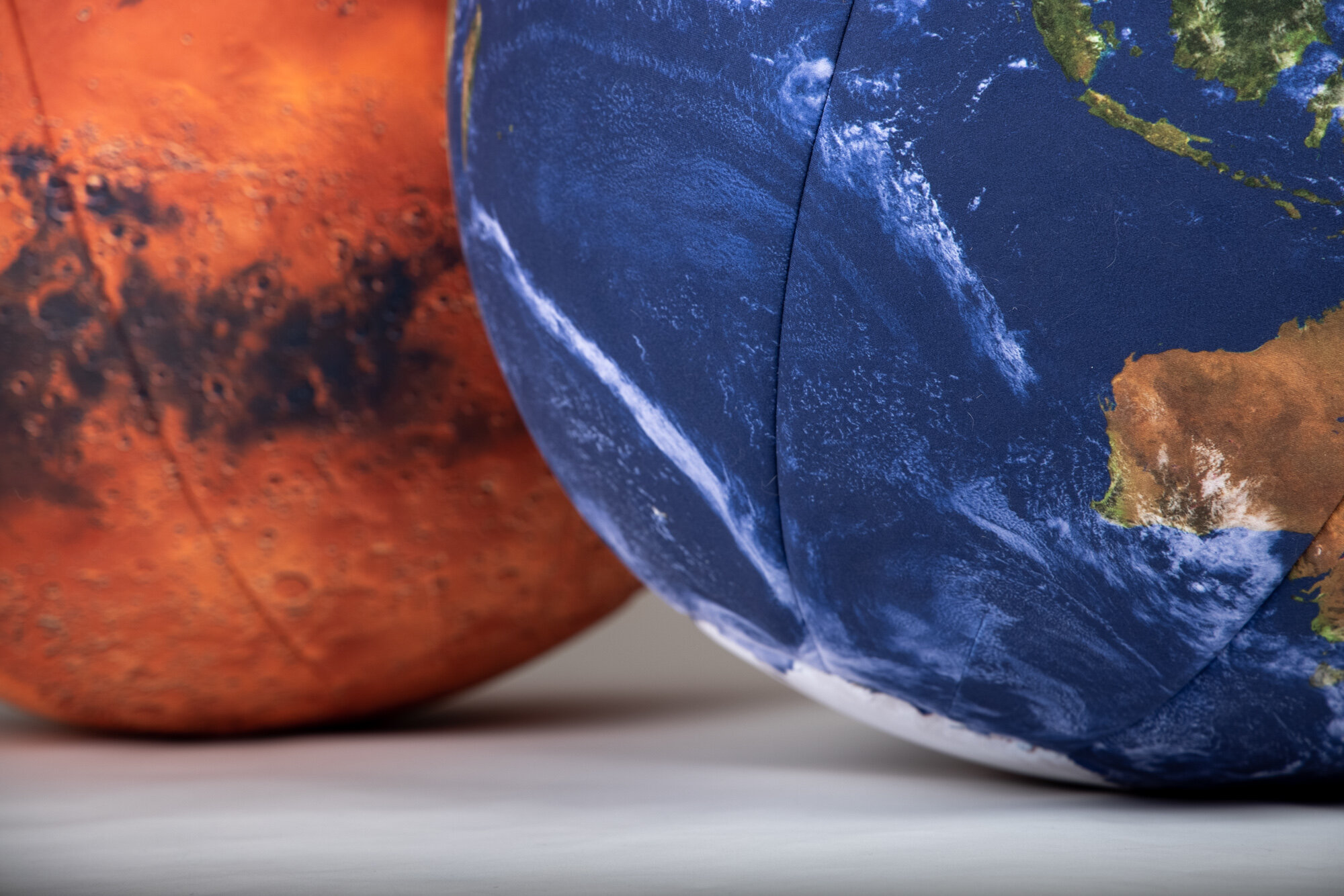
Many thanks to:
Sean Rice – composite art
Sarah McClutchy – media and marketing
Colden Blades – media and marketing
Bill Amos – production
Scott Howard – production
Dane Gaydosh – production
Wes Shinn – production
Rosalee Wertz – modeling
Steven Albers – projection mapping
NASA Worldview
NASA Juno
NASA Reconnaissance Orbiter
NASA Parker Solar Probe
NASA G.Projector
Brad and Barb Benner




